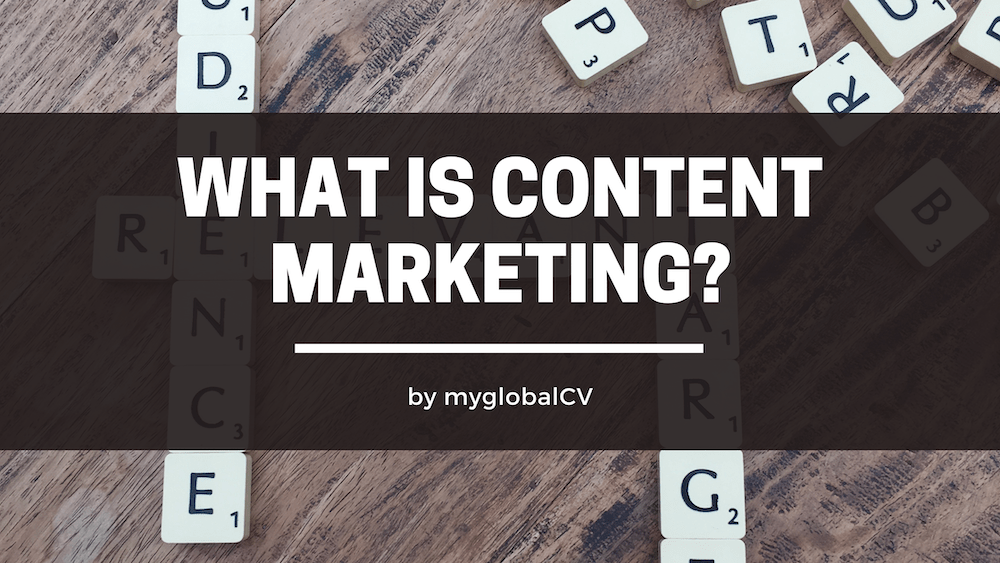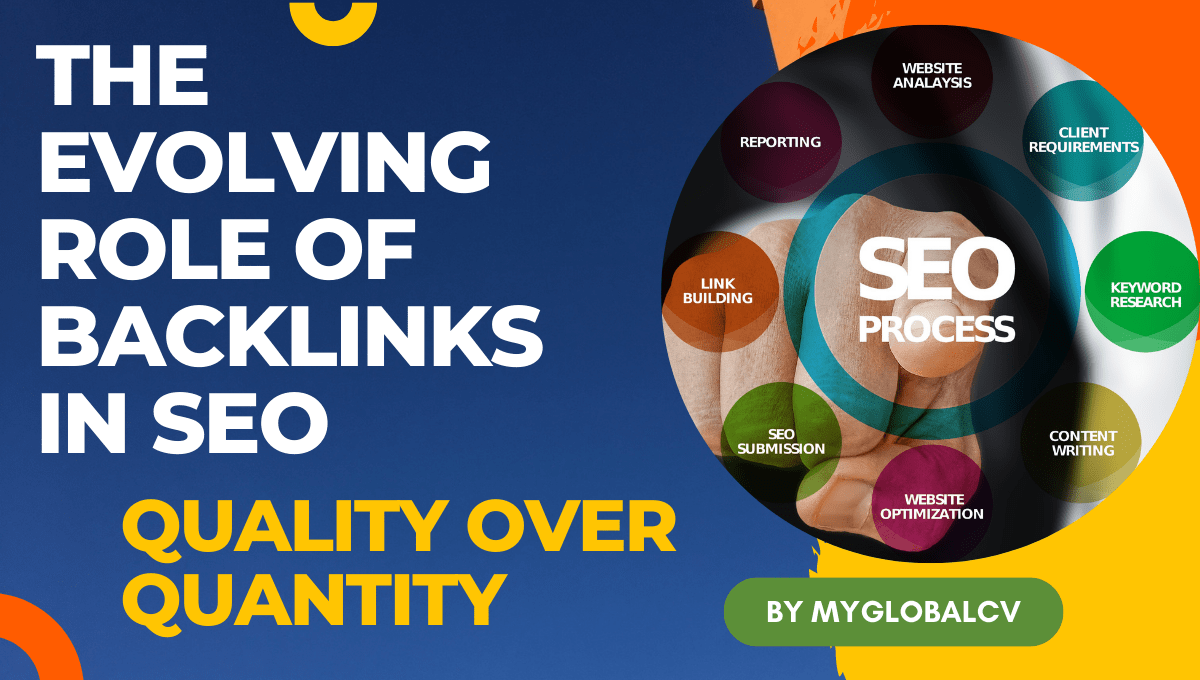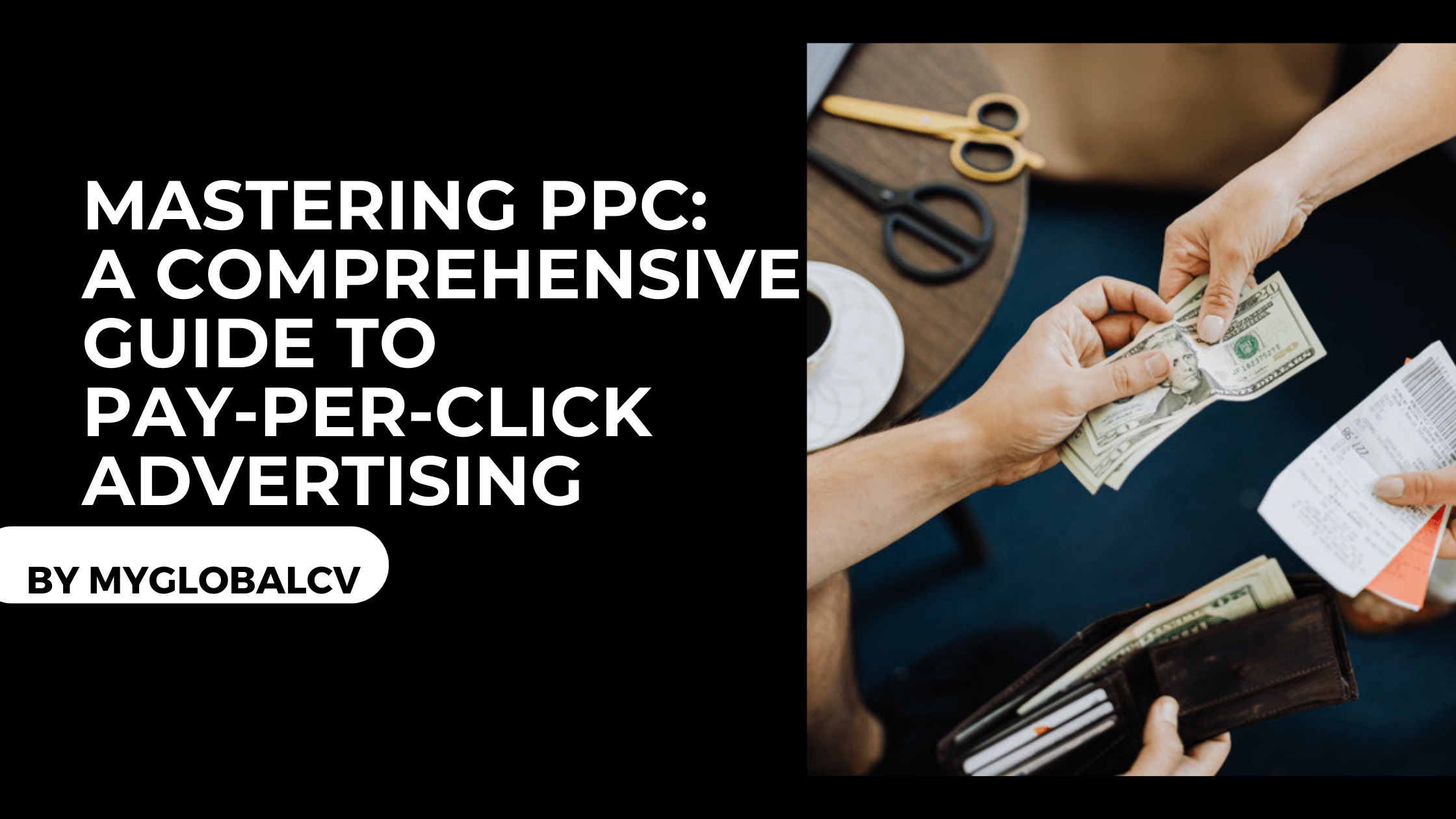1. What is email marketing?
Email marketing is a form of direct marketing that uses electronic mail as a means of communicating commercial or fundraising messages to an audience. We will take you to the journey of understanding email marketing, tips and email marketing tools, templates.
In its broadest sense, every email sent to a potential or current customer could be considered email marketing.
However, the term is usually used to refer to:
• Sending emails with the purpose of enhancing the relationship of a merchant with its current or old customers and to encourage customer loyalty and repeat business.
• Sending emails with the purpose of acquiring new customers or convincing current customers to purchase something immediately
• Adding advertisements to emails sent by other companies to their customers.
• Email marketing can be used to build trust with customers over time to turn them into repeat customers. It is also an effective way to keep your customers informed about new sales or promotions you are running. People want to stay informed about your company, and email marketing is one of the best ways to stay in touch with that audience.
• Email marketing is a great way to keep your customers informed about your business. For example, you can send out newsletters that include information about new products, sales and special promotions. This helps to build customer loyalty and keep them coming back to your website.
• Email marketing is also a great way to target specific demographics. For example, if you sell products that are popular among women, you can target your email marketing campaign to women. This will help to increase the chances that your email will be opened and read.
• Email marketing is also a cost-effective way to reach a large audience. Traditional marketing methods such as direct mail can be expensive and time-consuming. With email marketing, you can reach a large audience at a fraction of the cost.
• Email marketing can also be used to improve brand awareness. By consistently sending emails to your audience, they will begin to recognize your brand and associate it with your company. This will help to increase brand recognition and credibility.
• To effectively use email marketing, you’ll need to follow best practices for email marketing. This includes things like segmenting your email list, using a clear and recognizable “from” name and subject line, and including a clear call-to-action in your emails. You should also be sure to test your emails before sending them to your entire list to ensure that they are working correctly and that your message is clear.
• Another important aspect of email marketing is building an email list. This can be done by including a sign-up form on your website or by purchasing a list from a third-party provider. Once you have a list, you can use it to send targeted campaigns to specific demographics or to send general information to your entire list.
• Email marketing automation is also a great tool to have in your arsenal. This allows you to set up a series of automated emails that go out to your list at specific times or when certain actions are taken on your website. This can include things like welcome emails, abandoned cart emails, and more.
• To track the performance of your email marketing campaigns, you’ll want to track metrics such as open rate, click-through rate, conversion rate and overall ROI. This will help you to determine the effectiveness of your campaigns and make adjustments as needed.
In conclusion, email marketing is a cost-effective, efficient and powerful way to reach and engage customers. It can help you to build trust, increase conversions, and improve your brand awareness. By following best practices, building your email list, and using automation, you can create effective email marketing campaigns that will drive results for your business.
2. “How to create an email marketing campaign”
Email marketing is a form of direct marketing that uses electronic mail as a means of communicating commercial or fundraising messages to an audience. In its broadest sense, every email sent to a potential or current customer could be considered email marketing. However, it usually refers to: Creating an email marketing campaign can be a daunting task, but with the right strategy and tools, it can be a highly effective way to reach and engage your target audience. Here are some key steps to creating a successful email marketing campaign:
• Define your target audience: The first step in creating an email marketing campaign is to identify your target audience. This includes demographic information such as age, gender, location, and interests, as well as information about their buying habits and needs.
• Set your campaign goals: Once you have defined your target audience, you need to set specific goals for your campaign. This could include increasing website traffic, boosting sales, or growing your email list.
• Develop your content: The content of your email marketing campaign is crucial to its success. It should be relevant, engaging, and tailored to your target audience. You should also make sure that the content is easy to read and visually appealing.
• Choose the right email marketing platform: There are many different email marketing platforms available, each with their own set of features and capabilities. Some popular options include Mailchimp, Constant Contact, and Aweber. Choose a platform that best fits your needs and budget.
• Design your email template: Once you have chosen an email marketing platform, you can design your email template. This should be consistent with your brand and easy to read on both desktop and mobile devices.
• Build your email list: Building your email list is crucial to the success of your campaign. You can do this by offering a sign-up incentive, such as a free e-book or discount code, or by using a lead magnet such as a webinar or survey.
• Test and optimize your campaign: Before you send out your email campaign, it’s important to test it to ensure that it looks and functions as it should. Once your campaign is live, you should monitor its performance and make adjustments as needed to optimize its effectiveness.
• Track and analyze your results: After your campaign has been sent, you need to track and analyze the results. This includes monitoring the open and click-through rates, as well as the conversion rates and revenue generated. Use this information to make adjustments to your future campaigns and to understand which strategies are most effective.
• Segment your list: As your email list grows, you’ll want to segment it into smaller groups based on various criteria, such as demographics, interests, and behavior. This will enable you to create more targeted and personalized campaigns that are more likely to resonate with your audience.
• Automate your campaigns: As you become more familiar with email marketing, you may want to consider automating certain aspects of your campaigns. This could include welcome emails, abandoned cart reminders, or re-engagement campaigns.
• Stay compliant with the laws: There are several laws that you must comply with when sending out email campaigns. The two most important laws are the CAN-SPAM Act in the United States and the General Data Protection Regulation (GDPR) in Europe. Make sure you are aware of the laws and regulations that apply to your business.
By following these steps, you can create an email marketing campaign that will help you achieve your goals and connect with your target audience. Remember to be consistent, track your results, and constantly test and optimize your campaigns.
3. “Email marketing best practices”
Email marketing is a great way to reach out to customers and prospects, but it can also be a source of frustration and disappointment if not executed properly. Here are some best practices to keep in mind when creating your email marketing campaigns:
• Always obtain permission before adding someone to your email list. This can be done through opt-ins on your website or through double opt-in processes where the subscriber must confirm their subscription.
• Be transparent about your email frequency and the type of content subscribers can expect to receive. This will help manage their expectations and reduce the likelihood of unsubscribes.
• Personalize your emails as much as possible, using the subscriber’s name or other relevant information. Personalized emails have a higher open and click-through rate.
• Make it easy for subscribers to unsubscribe from your emails. This is not only a best practice, but it is also required by law.
• Test your emails before sending them to your entire list. This includes testing the subject line, preheader text, and overall design to ensure they look and function as intended.
• Segment your email list to ensure that your campaigns are relevant to the different groups of subscribers.
• Keep an eye on your email marketing metrics and make adjustments as needed.
4. “How to build an email list”
Building an email list is a crucial step in creating an effective email marketing strategy. Here are some steps you can take to build your email list:
• Add a sign-up form to your website: Make it easy for visitors to your website to sign up for your emails by adding a sign-up form to your homepage, blog, or other relevant pages.
• Use social media to promote your email list: Share links to your sign-up form on your social media profiles and encourage your followers to sign up.
• Offer incentives for signing up: Offer a free e-book, discount, or other incentive for signing up to your email list.
• Leverage existing contacts: If you have a customer database, consider reaching out to them and asking if they would like to sign up for your emails.
• Attend events and networking opportunities: Collect email addresses from those you meet at events and networking opportunities.
• Use lead magnets: Offer a valuable resource, such as an e-book or webinar, in exchange for an email address.
5. “Email marketing software”
Email marketing software is a key tool for creating, managing, and sending out email campaigns. There are a variety of options available, each with their own set of features and capabilities.
Here are some factors to consider when choosing an email marketing software:
• Automation: Look for software that allows for automated email campaigns, such as welcome emails or abandoned cart emails.
• List segmentation: Make sure the software allows for segmenting your email list so you can send targeted campaigns to different groups of subscribers.
• Customizable templates: Look for software that provides customizable email templates to help you create professional-looking emails without the need for design skills.
• Analytics and reporting: Look for software that provides detailed analytics and reporting on your email campaigns, such as open and click-through rates.
• Integration with other tools: Consider if the software integrates with other tools you use, such as your CRM or e-commerce platform.
• Ease of use: Make sure the software is user-friendly and easy to navigate.
6. “Email marketing templates”
Email marketing templates are pre-designed layouts that can be used as a starting point for creating email campaigns. These templates are designed to be customizable and can be adjusted to match a company’s branding and aesthetic.
There are many different types of email marketing templates available, including those for newsletters, promotional emails, event invitations, and more. They typically include a mix of text, images, and call-to-action buttons, and can be edited using a visual editor or by editing the HTML code directly.
One of the main advantages of using email marketing templates is that they can save time and effort when creating new campaigns. Instead of starting from scratch every time, marketers can use a template as a foundation and then make changes as needed. This can be particularly useful for businesses that send out regular newsletters or promotions.
Another advantage of email marketing templates is that they can help to ensure consistency in branding and design across all of a business’s email campaigns. This can help to create a more professional image and make it easier for recipients to recognize emails from the business.
When choosing an email marketing template, it’s important to consider the type of message you want to convey and the specific goals of your campaign. For example, a template for a newsletter will likely be different from one for a promotional email.
It’s also important to choose a template that is mobile-responsive, as more and more people are checking their email on their smartphones. A mobile-responsive template will ensure that your email looks great on any device, and that all of the links and call-to-action buttons are easy to tap. Another thing to consider when choosing a template is its overall design and layout. A template that is easy to read and navigate can help to increase engagement and conversion rates. It’s also essential to ensure that the template is visually appealing and that it aligns with your company’s branding.
Finally, it’s essential to ensure that the template is compatible with the email marketing software you are using. Many email marketing platforms offer their own templates, which can be easily imported and customized. Others can integrate with third-party template providers.
In conclusion
Email marketing templates can be a valuable tool for businesses of all sizes. They can save time, ensure consistency across campaigns, and improve the overall effectiveness of email marketing efforts. It’s important to choose a template that meets the specific needs of your campaign and aligns with your company’s branding and aesthetic. Additionally, it is crucial to ensure that the template is mobile-responsive and compatible with your email marketing software.



